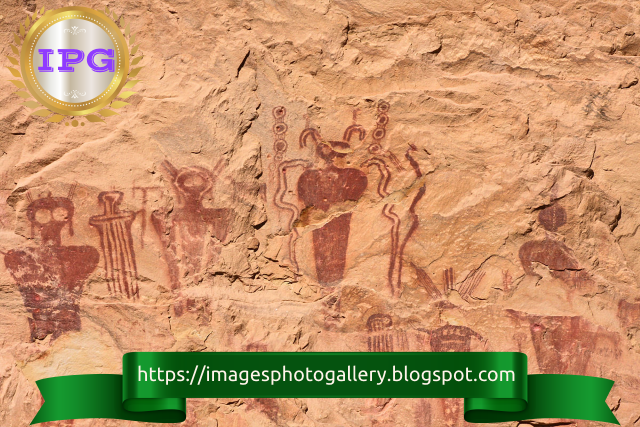 |
| Archaic pictographs, c. 2500 BCE, Sego Canyon, Utah. |
 |
| The Cliff Palace photographed by Gustaf Nordenskiöld in 1891 |
 |
| Mesa Verde, Cliff Palace. |
 |
| Mesa Verde, The Spruce Tree House settlement |
Read also: Yosemite National Park, Renowned For Its Magnificent Valley, Great Granite Domes And Peaks, Waterfalls, Giant Sequoias, And Spectacular High Country.
 |
| Top view of the Square Tower House settlement. |
 |
| Panoramic view of Mesa Verde National Park. |
 |
| Far View Reservoir. |
 |
| Mesa Verde's Petroglyph Point; the glyphs represent (top; from right to left) the Eagle, Mountain Sheep, Parrot, Horned Toad, and Mountain Lion clans, and the Ancestral Puebloans (bottom). |
 |
| Mesa Verde from the northeast. |
 |
| Mesa Verde National Park, map. |
Mesa Verde National Park is an American national park and UNESCO World Heritage Site located in Montezuma County, Colorado. The park protects some of the best-preserved Ancestral Puebloan archaeological sites in the United States.
Established by Congress and President Theodore Roosevelt in 1906, the park occupies 52,485 acres (21,240 ha) near the Four Corners region of the American Southwest.
With more than 5,000 sites, including 600 cliff dwellings, it is the largest archaeological preserve in the United States.[citation needed] Mesa Verde (Spanish for "green table") is best known for structures such as Cliff Palace, thought to be the largest cliff dwelling in North America.
Starting c. 7500 BCE Mesa Verde was seasonally inhabited by a group of nomadic Paleo-Indians known as the Foothills Mountain Complex. The variety of projectile points found in the region indicates they were influenced by surrounding areas, including the Great Basin, the San Juan Basin, and the Rio Grande Valley.
Later, Archaic people established semi-permanent rockshelters in and around the mesa. By 1000 BCE, the Basketmaker culture emerged from the local Archaic population, and by 750 CE the Ancestral Puebloans had developed from the Basketmaker culture.
The Mesa Verdeans survived using a combination of hunting, gathering, and subsistence farming of crops such as corn, beans, and squash. They built the mesa's first pueblos sometime after 650, and by the end of the 12th century, they began to construct the massive cliff dwellings for which the park is best known.
By 1285, following a period of social and environmental instability driven by a series of severe and prolonged droughts, they abandoned the area and moved south to locations in Arizona and New Mexico, including Rio Chama, Pajarito Plateau, and Santa Fe.














Excellent article about the Mesa Verde National Park. Regards.
ReplyDeleteThank you for sharing and commenting on the contents of this blog. Greetings.
Delete